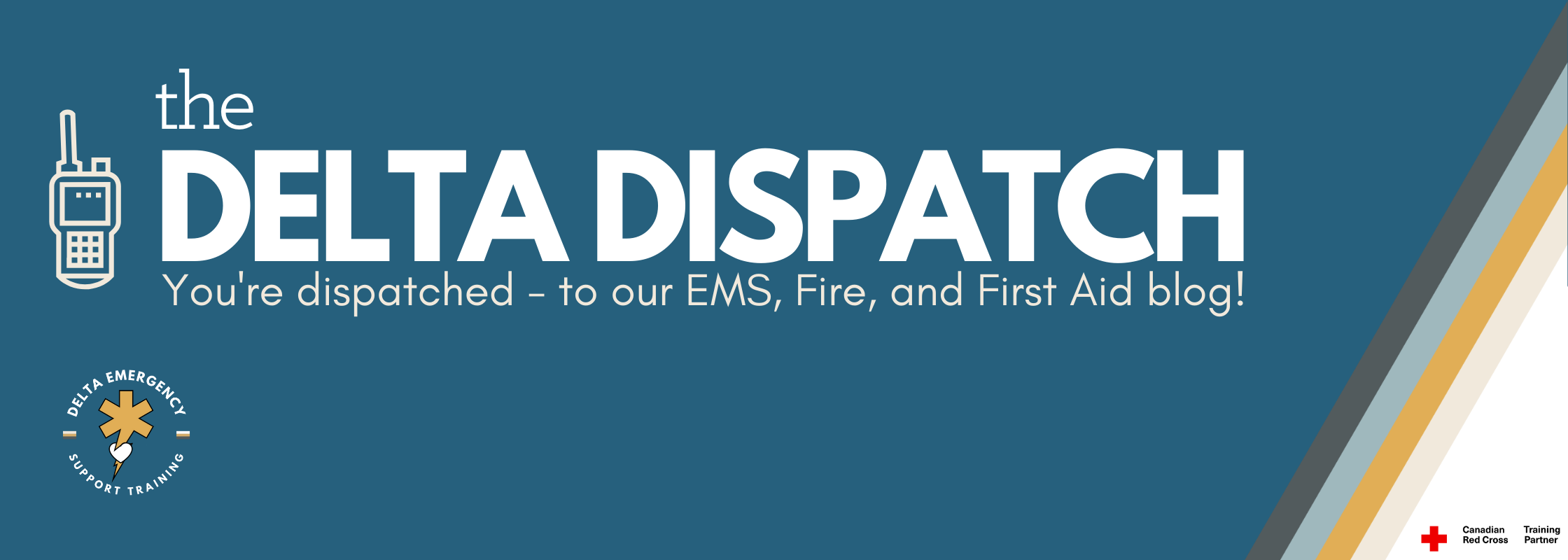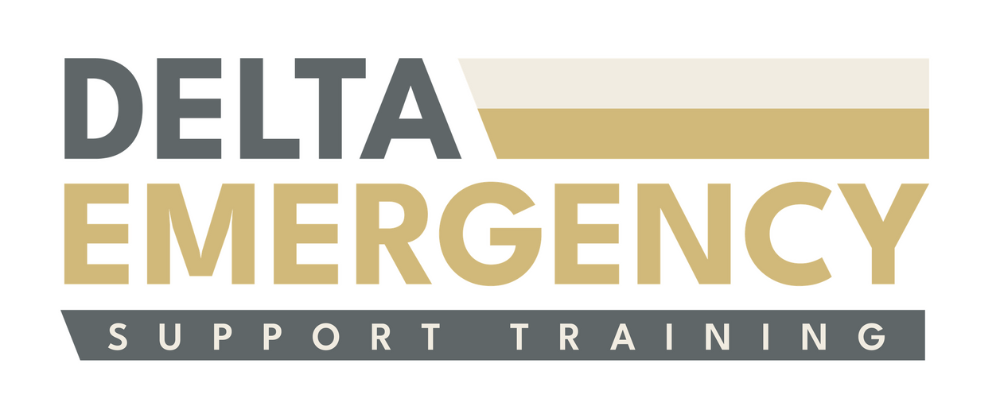How to Handle Eviscerations in Trauma: A Guide for EMRs and AFA Responders
/Evisceration: How EMRs and AFA Responders Should Handle Traumatic Abdominal Injuries
Evisceration is a severe and life-threatening injury that occurs when internal organs are displaced and protrude through a wound in the abdomen. As an EMR or AFA responder, managing eviscerations is critical to preventing further complications, such as infection, shock, or organ damage. Understanding how to assess and treat these injuries quickly and effectively is vital in preserving life and improving patient outcomes.
This blog will guide you through what evisceration is, how to recognize it, and how to manage the situation as a first responder.
What is Evisceration?
Evisceration refers to the protrusion of internal organs (such as the intestines or stomach) through an open wound in the abdominal area. This injury is often caused by trauma, such as:
Motor vehicle accidents
Stabbing or gunshot wounds
Blunt force trauma
Falls or industrial accidents
Unlike hernia injuries, where tissue bulges through a weak spot in the abdominal wall, evisceration involves the complete displacement of organs outside of the body. This type of injury is not only physically traumatic but also life-threatening.
Signs and Symptoms of Evisceration
The most significant sign of evisceration is the visible protrusion of internal organs through the abdominal wound. Some additional symptoms may include:
Visible intestines, stomach, or other organs outside the body.
Pain in the abdominal area.
Severe bleeding or a blood-soaked wound.
Signs of shock, such as pale skin, rapid heartbeat, and low blood pressure.
It is important to note that the presence of evisceration does not always indicate internal bleeding; however, trauma-related injuries often involve bleeding internally and externally, making it a critical condition to address.
Immediate Actions for EMRs and AFA Responders
As an EMR or AFA responder, your primary objective when managing evisceration is to prevent further harm and stabilize the patient for transport to a medical facility. Here are the key steps you should take:
1. Ensure Scene Safety
Before you begin treatment, always ensure that the scene is safe for both you and the patient. Assess any potential hazards, such as traffic, fire, or other dangerous conditions.
2. Assess Airway, Breathing, and Circulation (ABCs)
Perform a primary assessment of the patient’s airway, breathing, and circulation:
Airway: Make sure the patient’s airway is open and clear. If the patient is unconscious or struggling to breathe, perform the necessary airway interventions (e.g., head-tilt-chin-lift, suction, or intubation if trained).
Breathing: Ensure the patient is breathing effectively. If the patient is in respiratory distress, provide supplemental oxygen as needed.
Circulation: Check for signs of shock, such as weak pulse, low blood pressure, or cool, clammy skin. Severe blood loss from the abdominal organs can lead to shock, which requires immediate intervention.
3. Control Bleeding
If there is significant bleeding, it’s critical to control the hemorrhage:
Apply sterile dressings or clean cloths to the open wound. Do not attempt to push the exposed organs back into the body, as this can cause additional damage and increase the risk of infection.
Apply direct pressure around the edges of the wound to control bleeding, but do not apply pressure directly to the exposed organs.
Keep the organs moist. If sterile saline or clean water is available, dampen a sterile dressing or clean cloth and place it over the exposed organs to prevent them from drying out. Dry organs are more vulnerable to infection and damage.
4. Protect the Exposed Organs
It is crucial to protect the exposed organs from contamination, injury, and environmental elements:
Cover the organs with a sterile dressing or clean cloth moistened with sterile saline or clean water. Avoid using dry materials, which could dehydrate the organs.
Do not attempt to reinsert the organs into the body. This could cause more harm and increase the risk of further damage.
5. Position the Patient
Proper positioning is key in minimizing additional trauma:
Place the patient flat on their back (supine position) to prevent movement that could worsen the injury. Ensure the patient's head is slightly elevated if they are conscious and experiencing difficulty breathing.
If the patient is in shock, elevate their legs slightly to promote blood flow to vital organs, unless contraindicated by spinal or head injury concerns.
6. Monitor Vital Signs
Monitor the patient's vital signs closely, including pulse, blood pressure, and respiratory rate. Watch for signs of shock, such as a rapid or weak pulse, pale skin, and altered mental status. Shock is a common complication in evisceration cases, especially due to blood loss or damage to vital organs.
7. Prepare for Transport
Eviscerations require immediate transport to a hospital for surgical intervention. The patient should be rapidly transported to a trauma center or medical facility with surgical capabilities:
Alert the receiving facility about the patient’s condition, so the trauma team can be prepared for immediate action upon arrival.
Keep the patient warm to prevent hypothermia, a common complication of trauma. Use blankets or any available materials to maintain body temperature.
Complications to Watch For
Eviscerations often occur in conjunction with other serious injuries, such as:
Internal bleeding: Blood loss from damaged internal organs or blood vessels can lead to hypovolemic shock, where there is insufficient blood volume to maintain circulation.
Infection: Exposed organs are highly susceptible to infection. Keeping the wound sterile and moist is essential to minimize this risk.
Severe pain: Due to the nature of the injury, patients may experience extreme pain. If trained, provide pain relief in accordance with your scope of practice.
Conclusion
Evisceration is a traumatic and potentially fatal injury that requires quick and effective action from EMRs and AFA responders. By following the steps outlined above—controlling bleeding, protecting the exposed organs, and stabilizing the patient for transport—you can provide life-saving care and improve patient outcomes.
At Delta Emergency, our EMR and AFA training equips you with the skills needed to respond to critical injuries like evisceration. Led by experienced paramedics, we offer hands-on training to ensure you are prepared to handle any emergency situation with confidence and competence.




